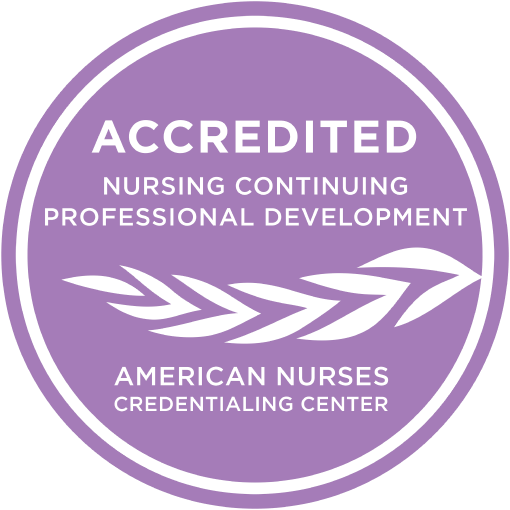California Schedule II Controlled Substances and Neonatal Abstinence Syndrome
Contact Hours: 2
Pharmacology Hours: 2
Course Overview
This course is designed for Certified Nurse Midwives in California who wish to furnish Schedule II Controlled Substances. Assembly Bill 1196, Chapter 478 requires completing a Board-approved two contact hour educational activity before application. The pharmacokinetic and pharmacodynamic principles regarding Schedule II drugs and the risks of neonatal abstinence syndrome will be discussed, as well as the ethical and legal requirements associated with their use.
Course Outline
- Introduction
- Overview of Schedule II Controlled Substances
- Pharmacokinetics and Pharmacodynamics of Schedule II Controlled Substances
- Application of Pharmacokinetic and Pharmacodynamic Principles to Women’s Health Conditions
- Addiction and Neonatal Abstinence Syndrome
- Holistic Approach to Addressing Addiction and Neonatal Abstinence Syndrome (NAS)
- Legal Framework for Dispensing Controlled Substances
- Dispensing vs. Administering: Understanding the Difference
- Patient-Specific Protocols
- Conclusion
Course Outcomes
After completing this course, the learner will rate a 4 out of 5 on the Likert Scale for their ability to:
- Demonstrate an understanding of the pharmacokinetics and pharmacodynamics related to Schedule II controlled substances in relationship to women’s health and neonatal care.
- Analyze state laws and federal regulations about furnishing, dispensing, and administering Schedule II controlled substances for out-of-hospital patient use.
- Outline the required components of a furnishing standardized procedure or protocol for Schedule II controlled substances.
Accreditations and Approvals

- American Nurses Credentialing Center (ANCC) (P0614)
- California Board of Registered Nursing (CEP 17418)
- Kentucky Board of Nursing (7-0090)
- Louisiana State Board of Nursing (58)
- Florida Board of Nursing (50-23983)
- Delaware Board of Nursing (DE-24-010127)
- Alabama Board of Nursing (#ABNP1577)
- Iowa Board of Nursing (#393)
- Kansas Board of Nursing (LT0340-0325)
Approved by the Board of Nursing in every state, you can complete your RN, LVN, and APRN CEUs with confidence.
Accreditation Statement
Nursing CE Central LLC is accredited as a provider of nursing continuing professional development by the American Nurses Credentialing Center's Commission on Accreditation.
It will take the average learner 120 minutes to complete and awards 2 contact hours of continuing education.
Written For
- Advanced Practice Registered Nurses (APRN)
Requirements for Completion
- Enrollment in the course by the learner
- Read and learn all course materials
- Complete the course evaluation
- Attest and testify learning of the course materials
Disclosure of Relevant Financial Relationships
Nursing CE Central nor any of the authors, planners, content experts, or any contributors have any relevant financial relationships with ineligible companies to disclose.
